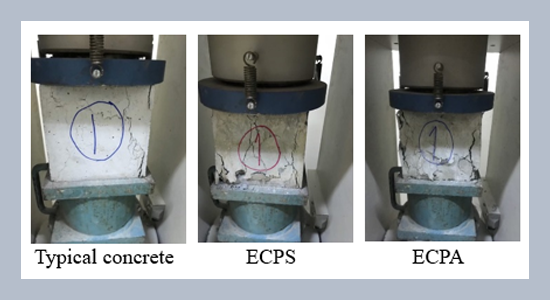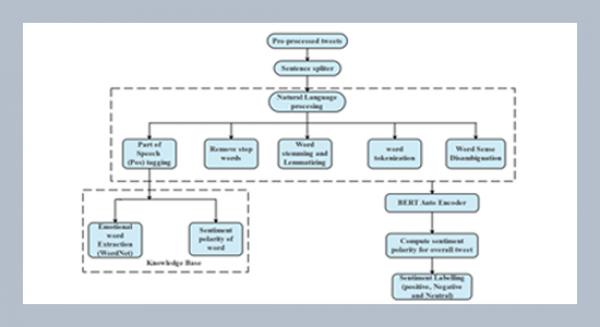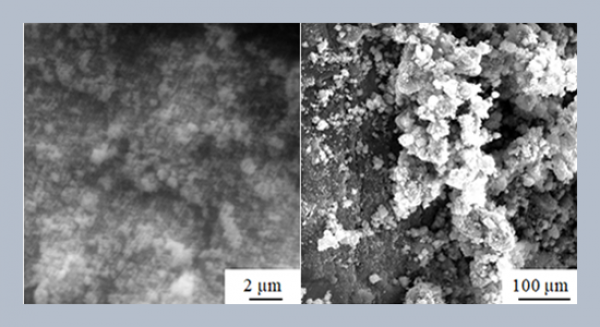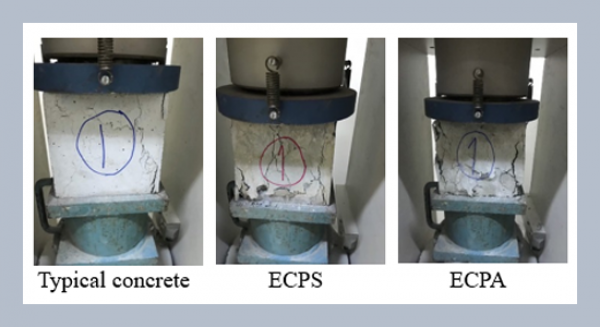Jaran Ratanachotinun* Civil and Construction Management Engineering, Faculty of Science, Chandrakasem Rajabhat UniversityBangkok 10900 Thailand
Download Citation:
|
Download PDF
This research is to study the feasibility of eco-concrete mixed with used plastic bottles to replace coarse aggregate (ECP) for construction community in Thailand. Compressive strength test between typical concrete and eco-concrete mixed with plastic water bottles to replace all coarse aggregate (ECPA) in ratios of 5%, 10%, 15% and 17% by weight of cement and eco-concrete mixed with plastic water bottles to replace some coarse aggregate (ECPS) in the ratio of 5%, 10%, 15%, 20%, 25% and 30% by coarse aggregate weight which recuring time of concrete at 7, 14 and 28 days. The results showed that the proportion of used plastic bottles (PET) and the compressive strength for ECPA and ECPS is not more than 5%. of cement weight and 10% of coarse aggregate weight respectively, the average compressive strength was approximately 225 and 217 kg/cm2 respectively. The cost of ECPA and ECPS is approximately 122.73 USD/m3 or approximately 98.7% more than the cost of typical concrete and 58.73 USD/m3 or about 5% lower than the typical concrete cost respectively. Construction applications for Thailand communities are practical and promoting the use of ECP can help reduce CO2 emissions from plastic waste disposal by at least 147,300 kg/year.ABSTRACT
Keywords:
Concrete mixed with plastic, Concrete cost, Used plastic bottles, Eco-Concrete, CO2.
Share this article with your colleagues
REFERENCES
ARTICLE INFORMATION
Received:
2022-08-17
Revised:
2022-11-29
Accepted:
2023-01-21
Available Online:
2023-02-22
Ratanachotinun, J. The feasibility of eco-concrete mixed with used plastic bottles to replace coarse aggregate for construction in Thailand community. International Journal of Applied Science and Engineering, 20, 2022193. https://doi.org/10.6703/IJASE.202303_20(1).008
Cite this article:
Copyright The Author(s). This is an open access article distributed under the terms of the Creative Commons Attribution License (CC BY 4.0), which permits unrestricted use, distribution, and reproduction in any medium, provided the original author and source are cited.















